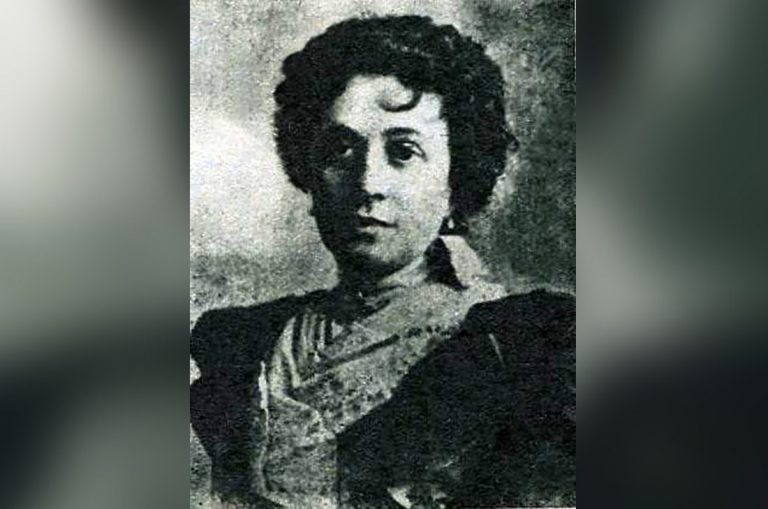Carmen Zayas-Bazán Hidalgo was born in Puerto Príncipe, Camagüey, on May 29th, 1853. She was the third daughter of Francisco de Zayas-Bazán y Varona and Isabel María Hidalgo y Cabanillas, a native of Cienfuegos. She had five sisters: Rosa del Carmen, Isabel Amalia, María Amalia, María de los Ángeles and María Merced; and four brothers: Francisco, José María, Francisco Xavier and José Ramón.
In November 1958, Carmen’s father bought the two-story house in the city of Puerto Príncipe, at nowadays No. 102, previously 9, currently the Renato Guitart Rosell School.
Carmen and her son José Francisco Martí, Pepito or El Ismaelillo lived in that building, indistinctly named with affection for her father; they lived there until the end of the 19th century.
Carmen lived there, although the Cuban hero never resided or was in the mansion; there are only records that from the city of New York, Martí prepared this place so that the his wife could exercise all her rights.
In 1869 Carmen’s father, Don Francisco, already a widower, chose to emigrate with his family to Mexico in 1871. Carmen lived there with Don Francisco and her sisters Isabel and Rosa.
Where they met
She met Martí at the house of Ramón Guzmán, a Mexican, in February 1875. The brotherhood of the exiles and Don Francisco’s love of chess made it possible for Martí to frequent the house and eventually the two young became boyfriend and girlfriend. Despite Don Francisco’s reservations, when Martí left for Guatemala in January 1877, they were already engaged.
December 20th, 1877 was a memorable date for the couple of José Martí and Carmen Zayas-Bazán. That day, in the Chapel of the Sagrario of the Parroquia del Sagrario Metropolitano de México, the two got married before Don Ambrosio de Lara, interim priest of this holy church.
The newlyweds traveled to Acapulco and then to Guatemala, where they resided until July 27th, 1878. After a little more than a year of being in their homeland, in October 1879, the couple’s first separation took place. They already had a son when Martí was again deported back to Spain.
In 1880 they would meet again in New York, although it was for a short time. In a poem entitled “Carmen”, presumably written in 1877 and published in El Cubano, in Havana, on April 12th, 1888, Martí expresses the affection he felt for his wife.
The marriage of Martí and Carmen was not stable, due to all the contradictions and misunderstandings that existed between them, however in order to understand and love our heroes and martyrs we must see them as humans, contemporaries and partners, men and women like us.
The separation
When Carmen learned of the fall of Martí in Dos Ríos, on May 19th, 1895, she tried to claim the body, according to a letter published in the Havana newspaper La Lucha, on May 23th, 1895.
Carmen died in a large house on 8th Street, between 21 and 19, in El Vedado, on January 15th, 1928. There is a tombstone in memory of the woman who was a companion of the Apostle José Martí, placed on the initiative of the national institution of patriots.
As a historical coincidence, it is found that Martí and Carmen received “the last burial on June 30th, 1951”, and since then her remains can been found in the cemetery of the city of Camagüey, “in the same solitude in which she lived”, and his at the Santa Ifigenia Cemetery, Santiago de Cuba, “with the honors of those who recognize himself as the Apostle of Cuba.”
Translated by: Aileen Álvarez García






